The Science Behind Scented Lures: Do They Really Work?
For generations, anglers have sworn by their secret scented baits and lures, passing down formulas and techniques through fishing families like precious heirlooms. The debate around scented fishing lures has persisted just as long—are they truly effective or simply a clever marketing ploy designed to catch fishermen rather than fish? Today’s modern fishing industry offers an impressive array of scented products promising to attract everything from bass to marlin, with price tags to match these bold claims. This article dives deep into the science behind scented lures, examining the biological mechanisms at work, the evidence supporting their effectiveness, and the factors that influence how well they perform in different fishing scenarios.
The Fish Olfactory System: More Complex Than You Think

Fish possess remarkably sophisticated olfactory systems that often surpass human capabilities in many respects. Unlike humans, who have nostrils connected to a single olfactory chamber, fish typically have two distinct nasal passages on each side of their head that don’t connect to their respiratory system. Water flows through these passages over specialized tissue called the olfactory rosette, which contains millions of sensory receptor cells. These cells can detect dissolved chemical compounds in extraordinarily low concentrations—sometimes as little as one part per billion. This remarkable sensitivity explains why fish can detect food sources from impressive distances, sometimes hundreds of feet away, depending on water conditions and species. The olfactory information is processed in the fish’s brain, ultimately influencing feeding behavior, navigation, and even reproduction.
The Chemistry Behind Scent Attraction
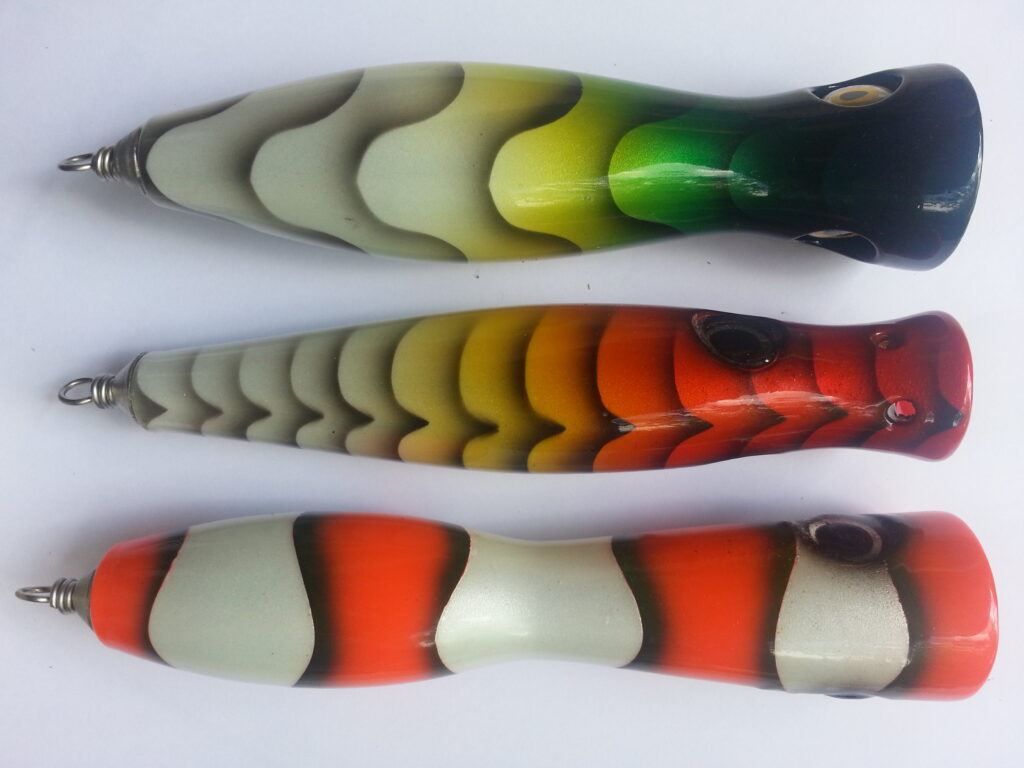
The chemical compounds that trigger feeding responses in fish typically fall into several categories, including amino acids, nucleotides, polyamines, and various organic acids. These compounds are naturally released when prey animals are injured or die, creating what scientists call a “feeding stimulant” effect that can trigger predatory responses in nearby fish. Commercial scent manufacturers attempt to replicate or enhance these natural chemical signatures by isolating and concentrating these compounds. Some advanced scents include specialized carrier agents that help disperse the attractants slowly over time, creating a sustained scent trail in the water. Interestingly, different fish species show marked preferences for specific chemical profiles, with some responding strongly to amino acids like glycine and alanine, while others might be more attracted to fatty acids or blood proteins.
Scientific Studies: What Research Reveals
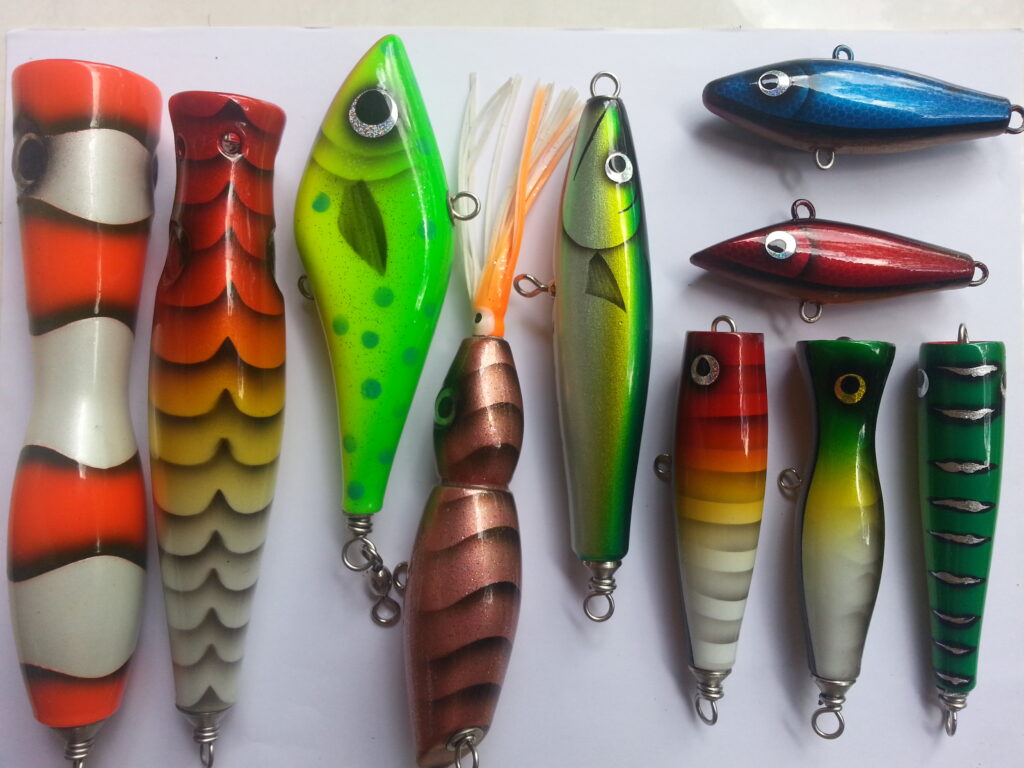
Multiple peer-reviewed studies have examined the effectiveness of scented lures with compelling results. A notable study published in the North American Journal of Fisheries Management found that bass caught with scented soft plastic lures were 2.4 times more likely to have the lure deep in their mouths compared to unscented versions of the same lure, suggesting the fish held onto scented lures longer. Another research project conducted at the University of Florida demonstrated that certain amino acid combinations increased strike rates by up to 37% compared to control lures in controlled testing environments. Laboratory studies using electroencephalogram (EEG) readings have also confirmed that specific scent compounds can trigger measurable neurological responses in many game fish species. While no scent guarantees success, the scientific consensus indicates that quality scent attractants can significantly influence fish behavior under the right conditions.
Natural vs. Synthetic Scents: The Great Debate
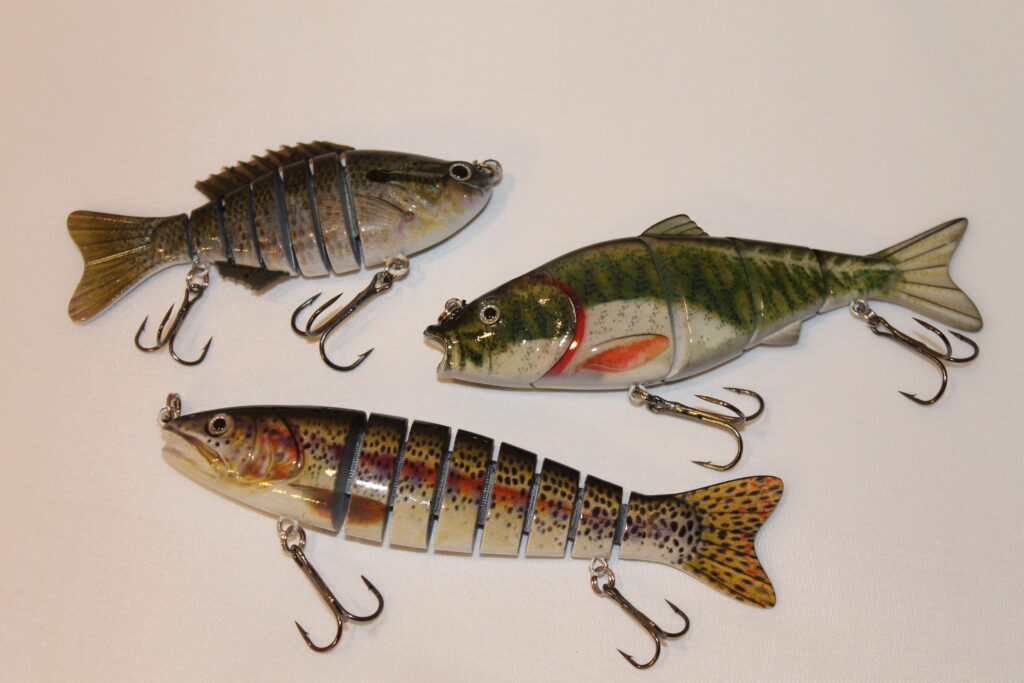
The fishing community remains divided on whether natural-based scents outperform their synthetic counterparts. Natural scents derived from actual prey organisms—like shrimp, crayfish, or baitfish extracts—contain complex chemical profiles that have evolved specifically to be recognized by predator species. These natural extractions often contain hundreds of different compounds that work synergistically to create authentic scent signatures. Synthetic scents, meanwhile, are engineered to isolate and amplify specific trigger compounds, sometimes creating super-stimuli that don’t exist in nature but might elicit stronger responses than natural scents. Some hybrid products combine natural extracts with synthetic enhancers to create unique profiles. Field testing suggests that while natural scents may be more consistently effective across varied conditions, certain synthetic formulations can outperform them in specific scenarios, particularly when targeting highly pressured fish.
Species-Specific Responses to Scents

Different fish species exhibit dramatically different responses to scent attractants based on their evolutionary biology and feeding strategies. Bottom-dwelling species like catfish, which naturally rely heavily on their chemical senses to locate food in murky conditions, show some of the strongest positive responses to scent attractants. Research indicates catfish can detect certain amino acids in concentrations as low as one part per 100 million. Predatory fish like bass and pike respond more selectively, with studies showing they’re particularly triggered by compounds that signal distress or injury in their natural prey. Surprisingly, even primarily visual hunters like trout have demonstrated measurable responses to certain scent profiles, particularly in low-visibility conditions or when water temperatures affect their metabolism. These species-specific responses explain why specialized scent formulations designed for particular game fish often outperform general-purpose attractants.
Environmental Factors Affecting Scent Effectiveness
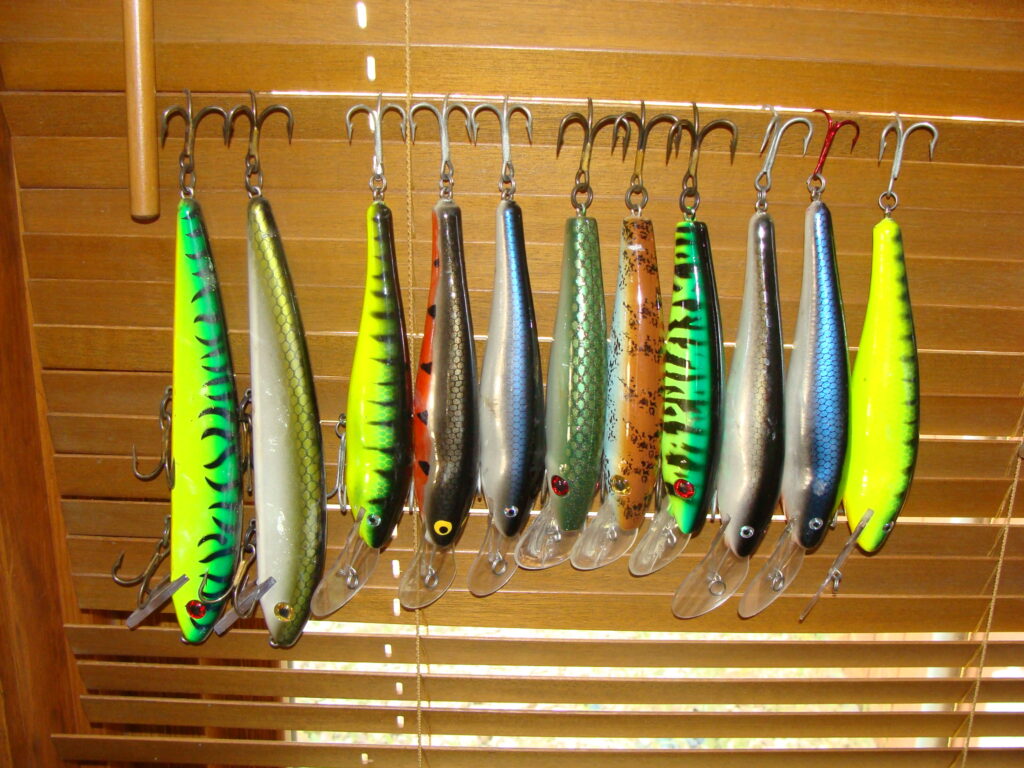
The effectiveness of scented lures varies dramatically based on environmental conditions that affect both scent dispersal and fish physiology. Water temperature stands as perhaps the most influential factor, as it directly impacts a fish’s metabolism and feeding activity—cold-water conditions generally reduce a fish’s responsiveness to chemical cues while simultaneously slowing the dispersal rate of scent molecules. Water clarity also plays a crucial role, with scents proving particularly effective in stained or turbid water where visual feeding is compromised. Current strength and direction determine how scent plumes develop and travel through the water column, affecting the distance from which fish can detect the attractant. Additionally, barometric pressure changes before and after weather systems can alter fish feeding behavior and their responsiveness to chemical stimuli, with falling pressure often creating windows of heightened scent sensitivity.
Persistence and Dispersal: How Long Do Scents Last?
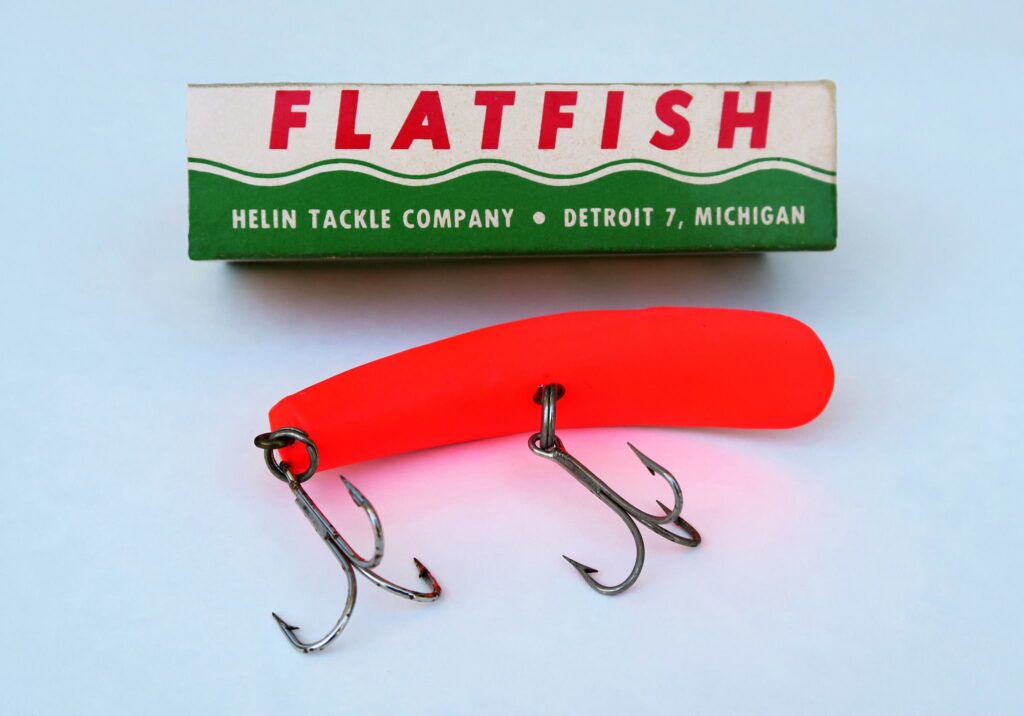
The effective lifespan of fishing scents in water varies dramatically based on their chemical composition and delivery mechanisms. Oil-based scents typically demonstrate the longest persistence, creating a slowly dispersing scent trail that can remain active for 30-45 minutes under ideal conditions. Water-soluble attractants dissolve more quickly, offering intense initial attraction but shorter duration, typically 5-15 minutes before requiring reapplication. Advanced polymer-based delivery systems represent the cutting edge of scent technology, using specialized molecules that release attractants gradually over extended periods, sometimes lasting several hours on a single application. Environmental factors dramatically affect these timeframes—warmer water accelerates chemical breakdown and dispersal, while colder conditions extend persistence but reduce the effective radius of the scent field. Understanding these dynamics helps anglers determine optimal reapplication intervals based on their fishing conditions.
Application Techniques: Maximizing Scent Effectiveness
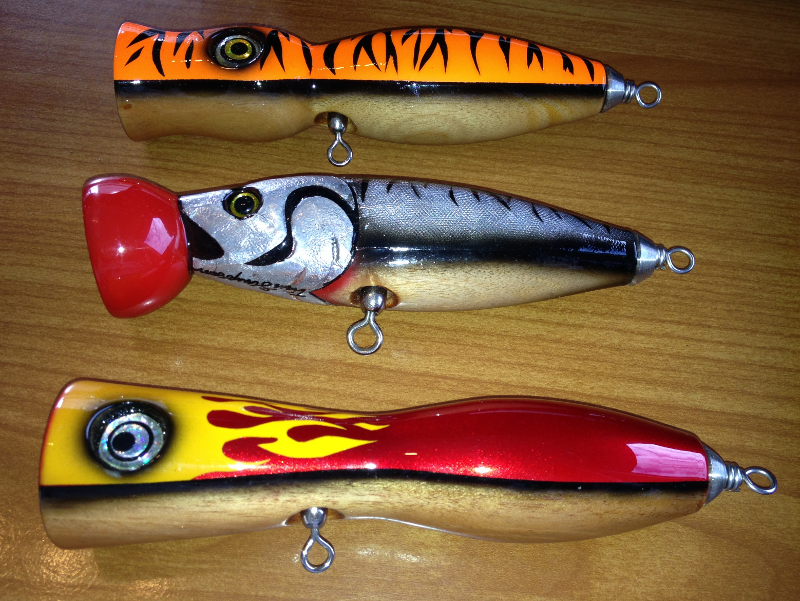
Proper application of scent attractants can dramatically influence their effectiveness, with several techniques emerging as particularly valuable. Rather than simply coating lures uniformly, strategic application to specific parts of the lure, particularly areas with movement or near hook points, nts—can enhance both dispersion and hook-up rates. Many professional anglers recommend creating “scent reservoirs” by drilling small holes in hard plastic lures or making cuts in soft plastics where attractants can pool and gradually release. For optimal results, hands should be clean and free of potential negative scents like sunscreen, insect repellent, or fuel residue that can create conflicting chemical signals. Regular reapplication schedules based on water conditions represent another critical factor, with reapplication intervals ranging from every 10-15 casts in warm, fast-moving water to every 30-45 minutes in colder, still conditions.
Confidence Factor: The Psychology of Scented Lures
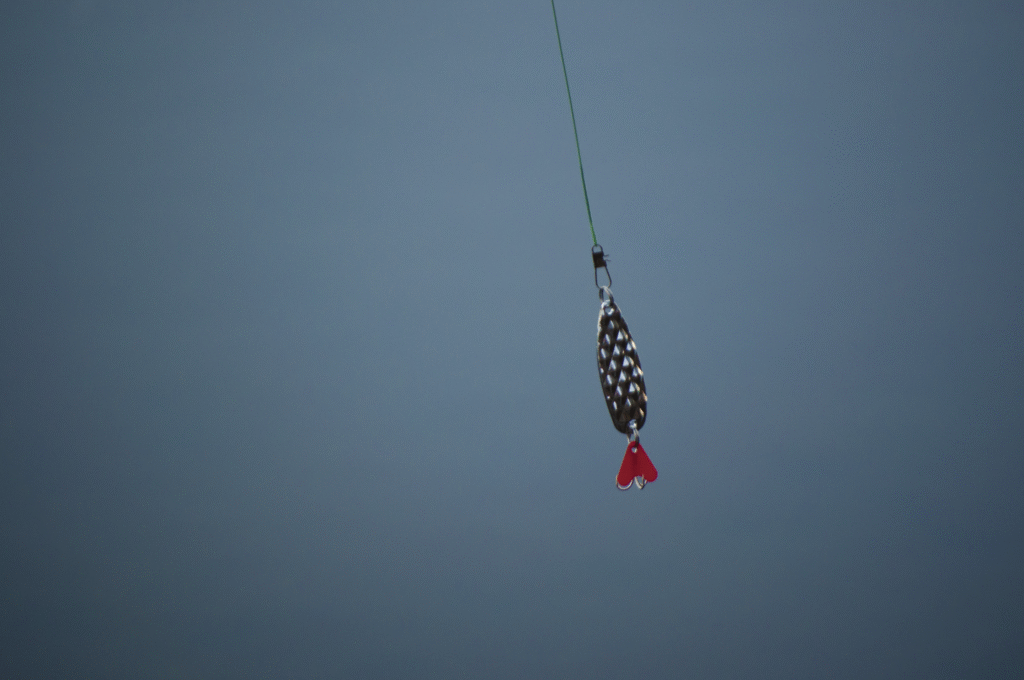
The psychological impact of using scented lures on anglers themselves represents an often overlooked but significant component of their effectiveness. Anglers who believe strongly in their scent products typically fish more methodically, work areas more thoroughly, and retrieve lures at optimal speeds because they trust in the attractant’s effectiveness. This increased confidence often results in more precise presentations, longer casts to productive areas, and greater patience in working potentially productive zones—all factors that can improve catch rates independent of the scent itself. Fisheries scientists refer to this as the “confidence factor,” acknowledging that while difficult to measure in controlled studies, it represents a real variable in fishing success. This phenomenon explains why some anglers achieve exceptional results with particular scent formulations that might not demonstrate the same effectiveness for others, as confidence influences many subtle aspects of presentation and technique.
DIY Scent Attractants: Making Your Own
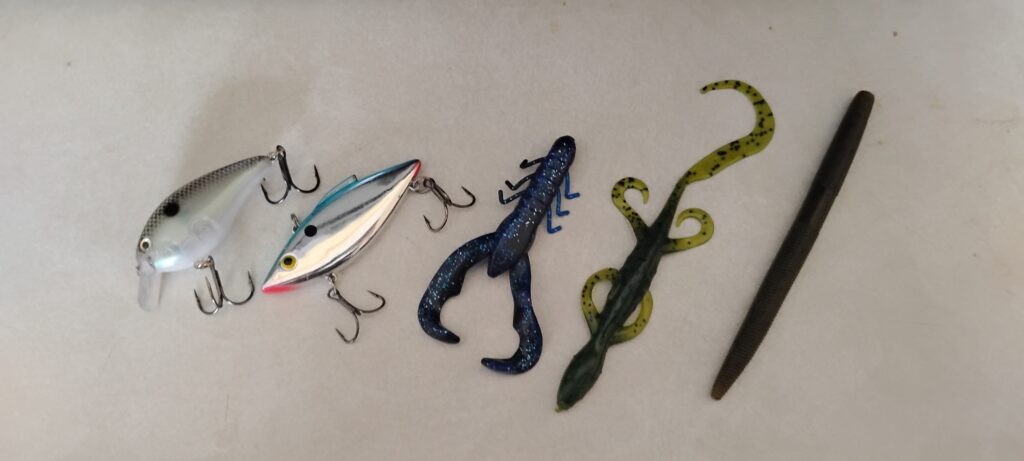
Creating homemade scent attractants has become increasingly popular among anglers seeking customized formulations or more economical alternatives to commercial products. The most effective DIY recipes typically start with a carrier base—often anise oil, mineral oil, or glycerin—which helps the scent adhere to lures and disperse gradually in water. Natural attractant components might include ground fish parts, fish oils, commercial fish meals, garlic, salt, or even cheese products, each contributing different chemical attractants. Many successful homemade formulations incorporate fermentation processes, allowing these ingredients to break down into more bioactive compounds over several days or weeks. Proper storage represents a critical consideration, with dark glass containers kept refrigerated generally preserving scent potency most effectively. While homemade attractants lack the sophisticated delivery systems of premium commercial products, many anglers report excellent results, particularly when formulations are tailored to specific target species and fishing conditions.
Regulatory Considerations and Environmental Impact
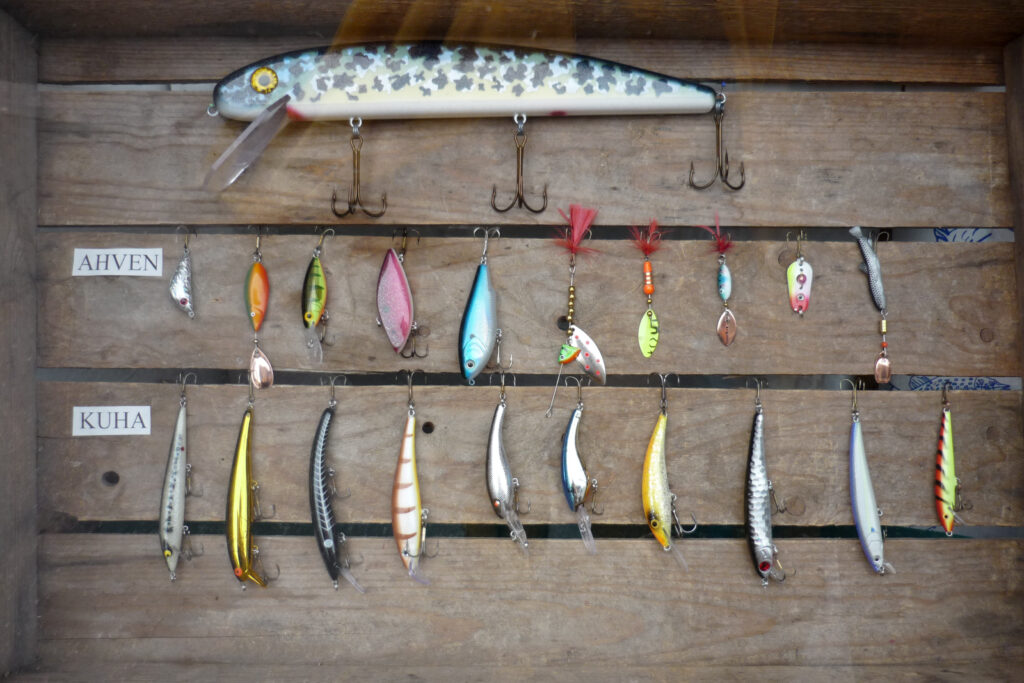
The use of scented fishing lures raises several important regulatory and environmental considerations that vary significantly by jurisdiction. Many fisheries management agencies have implemented restrictions on certain scent formulations, particularly those containing petroleum derivatives or non-biodegradable synthetic compounds that may persist in aquatic ecosystems. Several U.S. states and Canadian provinces have enacted specific regulations prohibiting scents containing human food products like cheese or meat, concerned about their potential to habituate fish to unnatural food sources. Environmental impact studies have raised questions about potential bioaccumulation of synthetic scent compounds in aquatic food chains, though research remains limited. Biodegradable alternatives have gained significant market share in response to these concerns, using plant-based oils and naturally derived compounds that break down more readily in aquatic environments. Anglers should always check local regulations regarding scent use, as restrictions continue to evolve based on emerging environmental research.
The Future of Scent Technology in Fishing
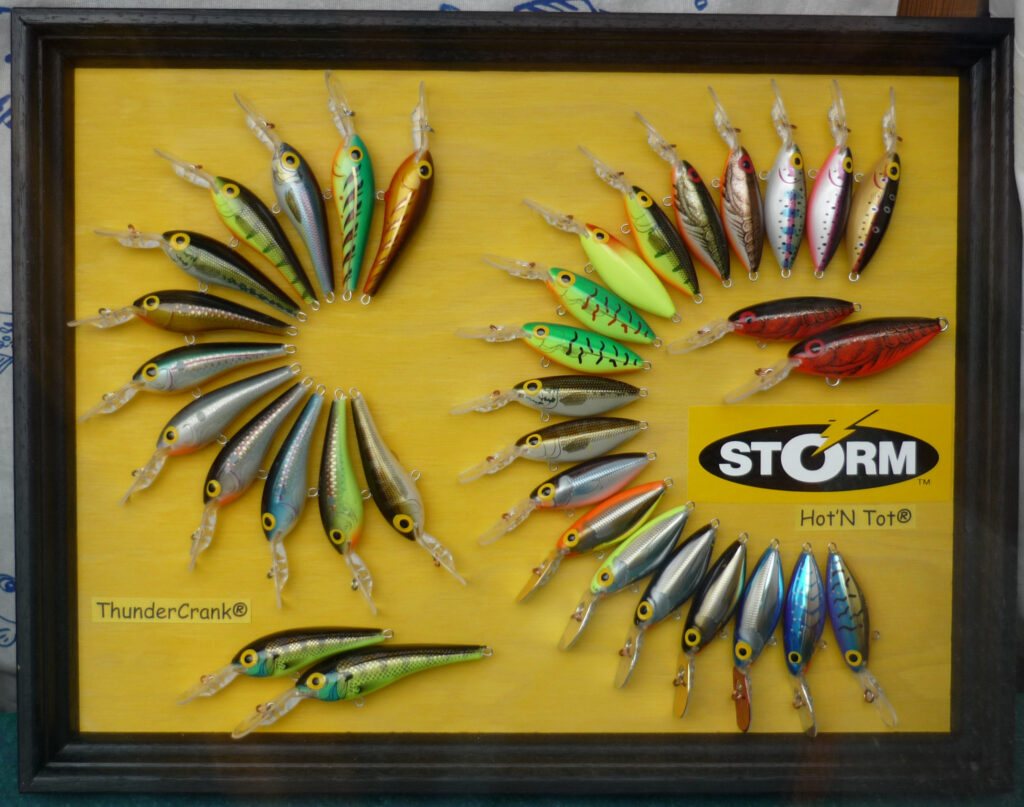
The fishing industry continues to make remarkable advances in scent technology, with several promising developments likely to reshape this sector in the coming years. Nanotechnology has enabled the creation of microencapsulated scent particles that remain dormant until activated by water contact or physical pressure, dramatically extending effectiveness while allowing precise control over release timing. Several manufacturers are developing scent formulations with temperature-responsive polymers that adjust release rates based on water conditions, optimizing dispersion regardless of environmental factors. Genetic research into fish olfactory receptors has identified highly specific chemical compounds that trigger feeding responses at the neurological level, potentially leading to ultra-targeted attractants for individual species. Perhaps most intriguingly, advanced pheromone research aims to incorporate social feeding triggers and territorial response compounds that could influence fish behavior beyond simple feeding stimulation. These emerging technologies suggest that while today’s scent products can be remarkably effective, tomorrow’s innovations may establish even more dramatic advantages for anglers employing these advanced attractants.
Scented Lures: Science, Strategy, and Success
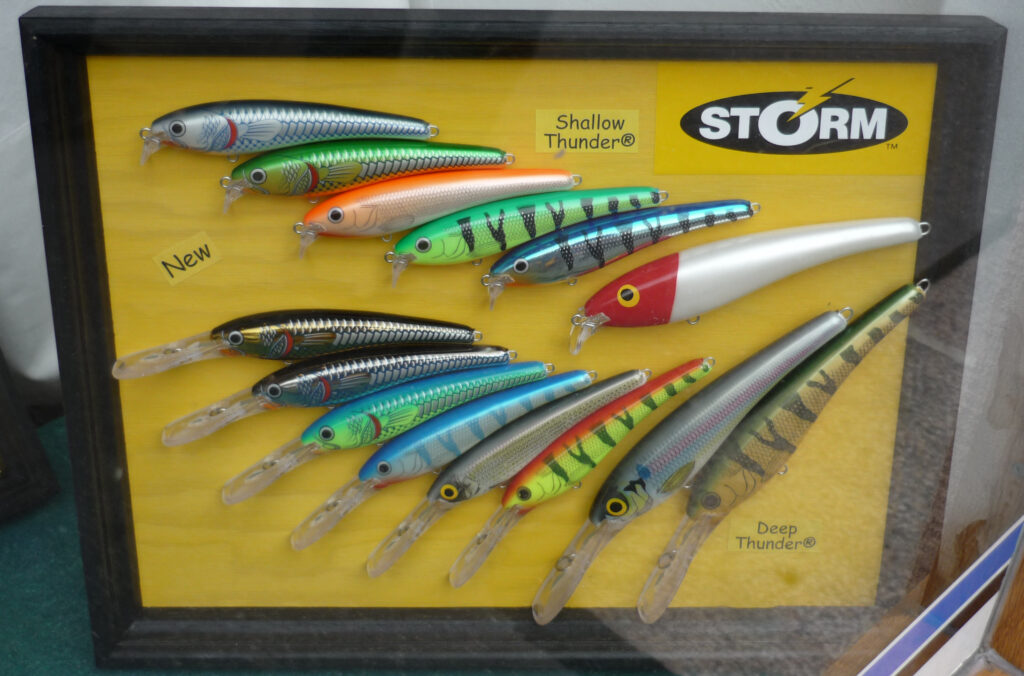
The science behind scented fishing lures reveals a complex interplay between fish biology, chemistry, environmental factors, and even angler psychology. The weight of scientific evidence strongly indicates that quality scent attractants do indeed work, though their effectiveness varies dramatically based on numerous factors, including water conditions, target species, and application methods. Rather than viewing scented lures as magical solutions, successful anglers understand them as valuable tools that, when properly employed, can create meaningful advantages in specific fishing situations. As technology continues advancing our understanding of fish sensory systems and chemical attractants, we can expect even more effective formulations to emerge. For now, the debate among anglers may continue, but the biological reality remains clear: fish make significant use of their chemical senses when feeding, and well-designed scent attractants can trigger these natural responses to improve fishing success.
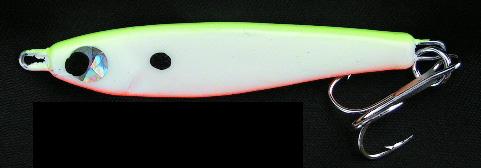
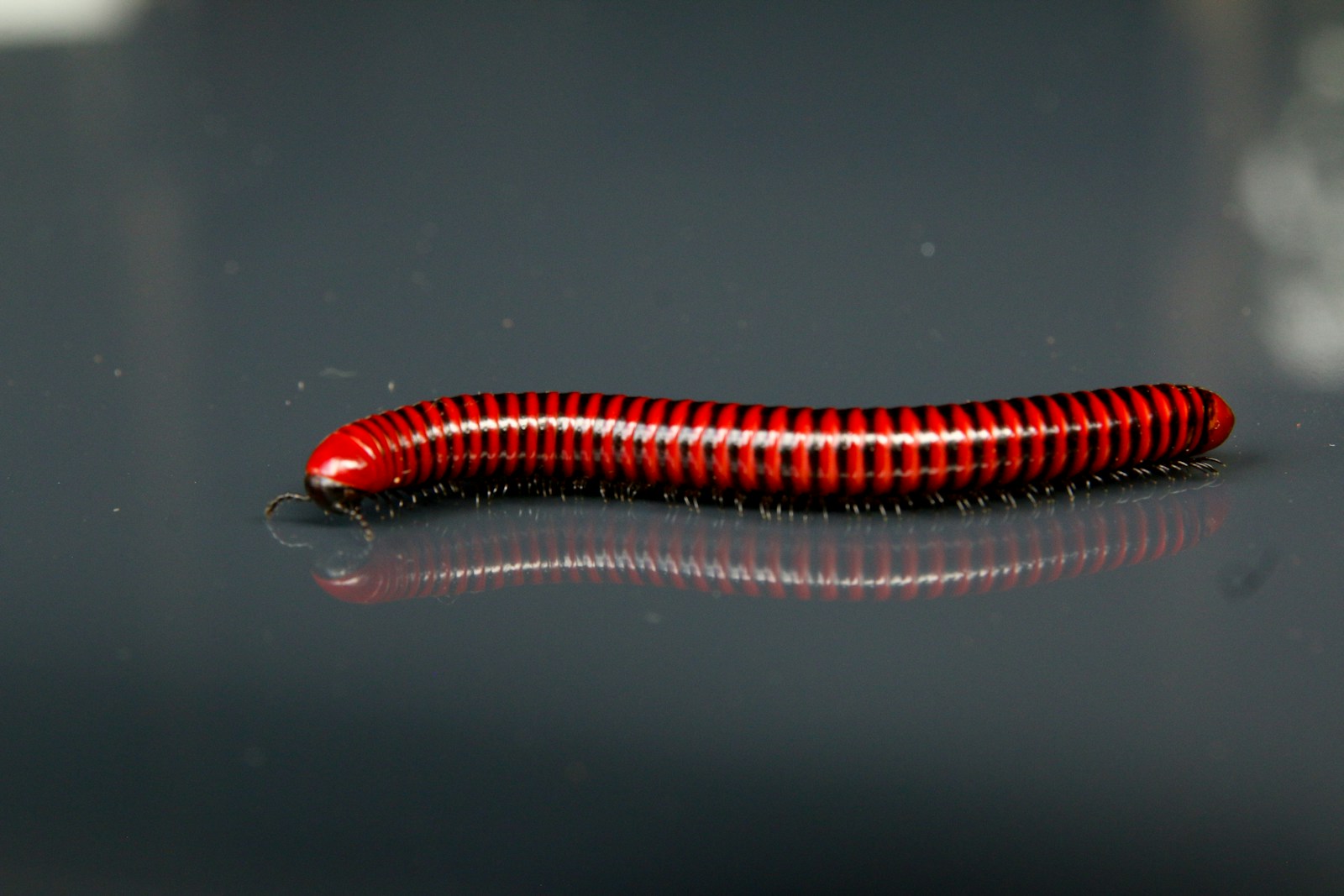
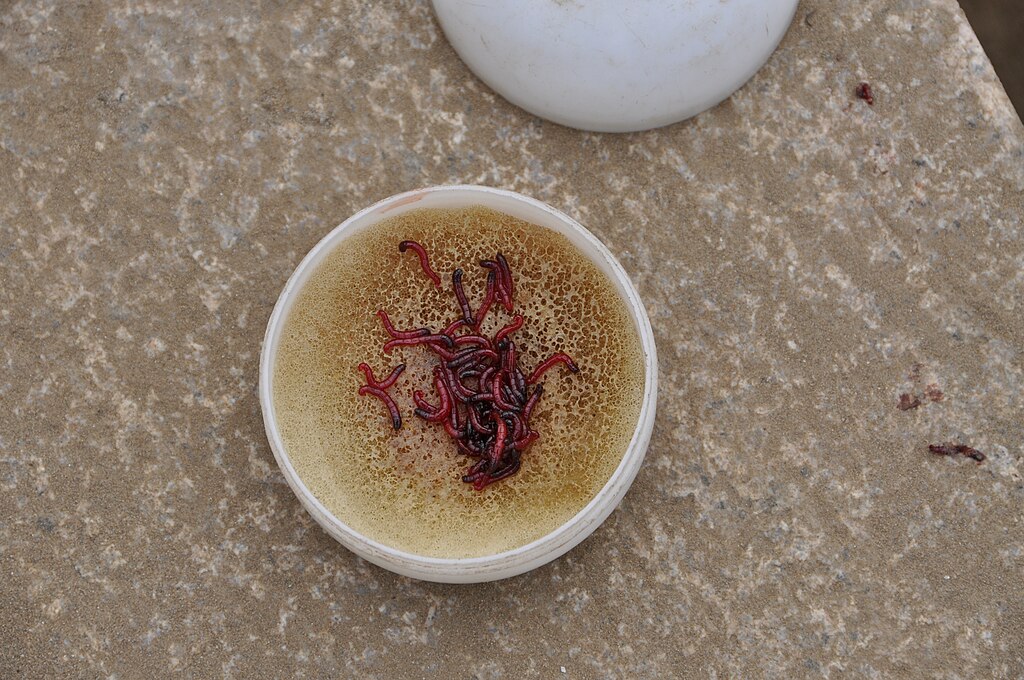











Post Comment